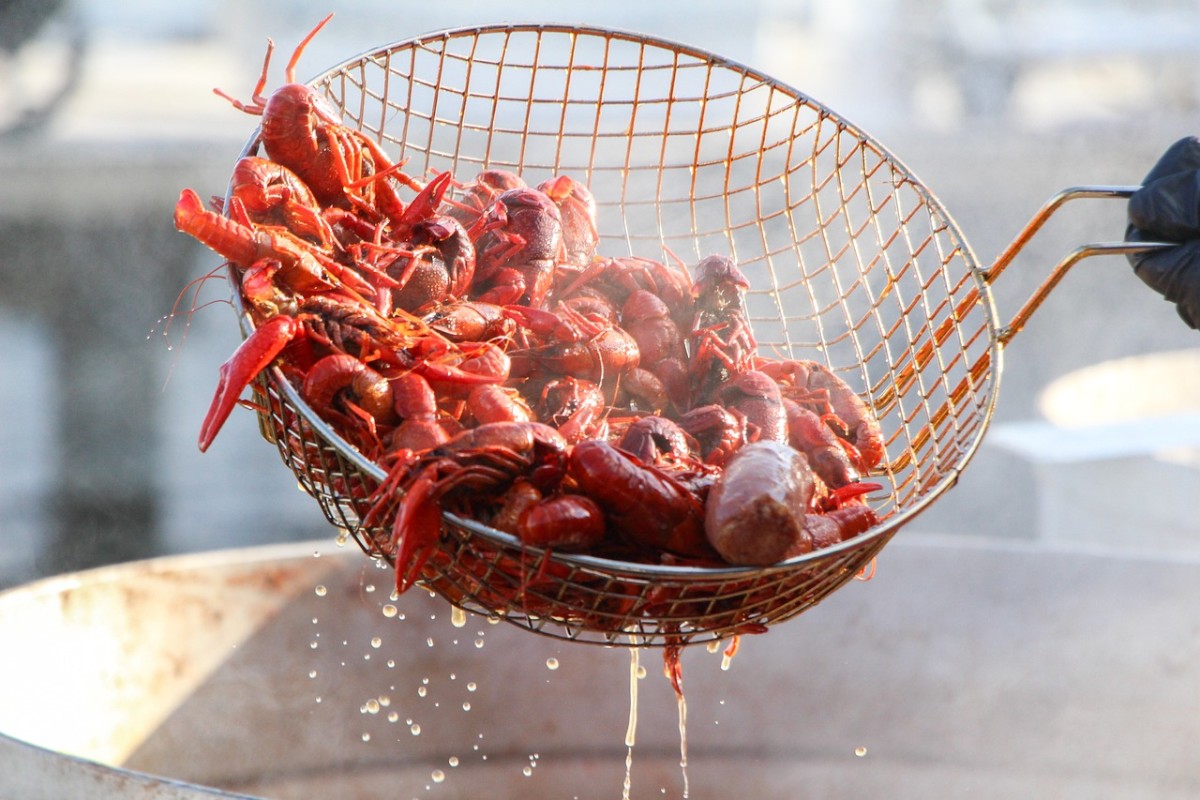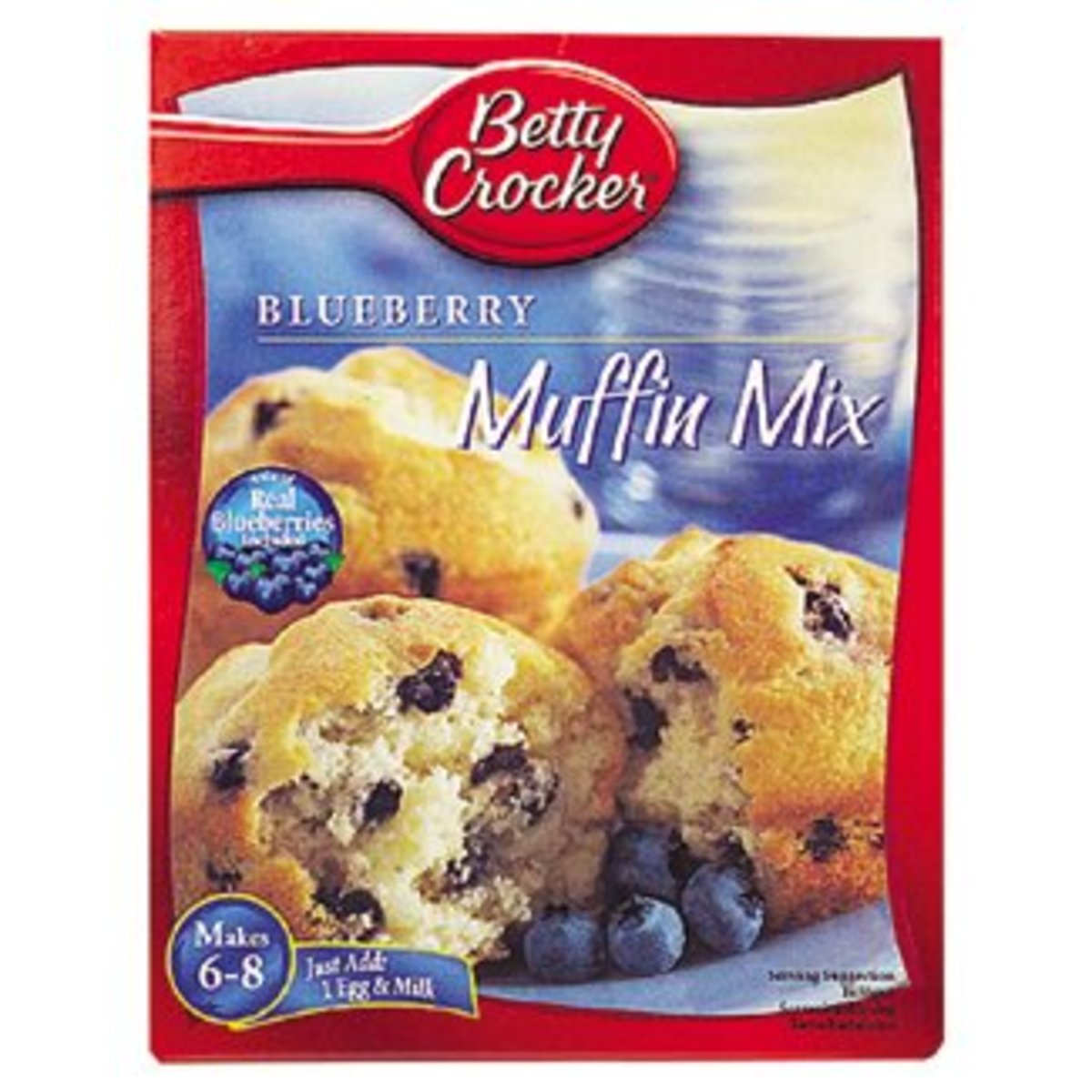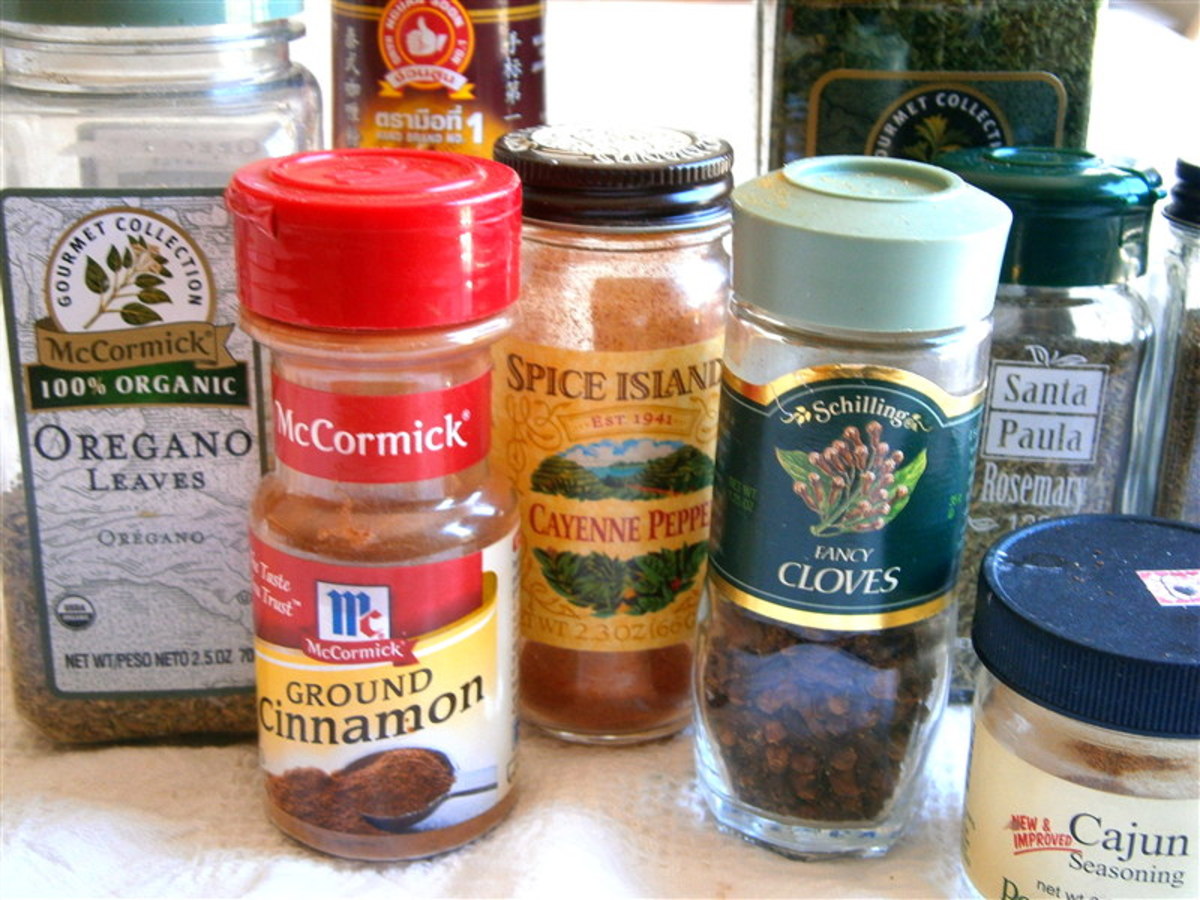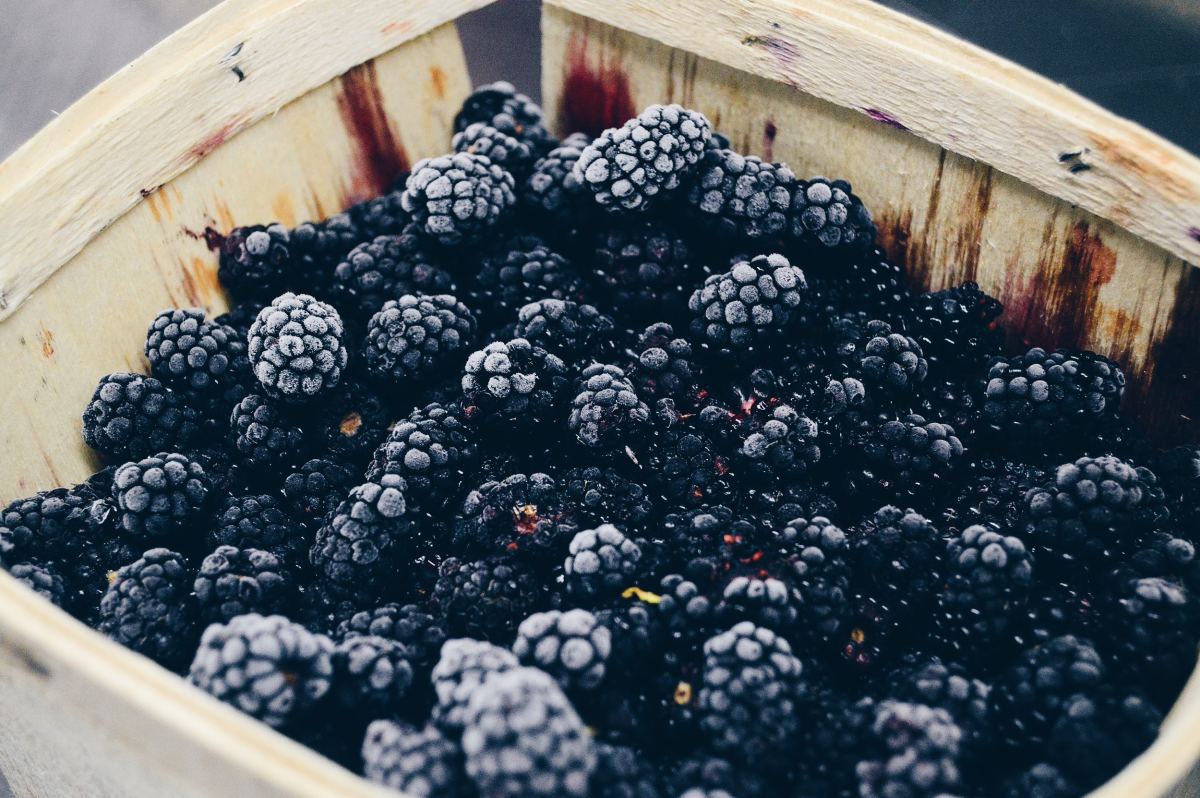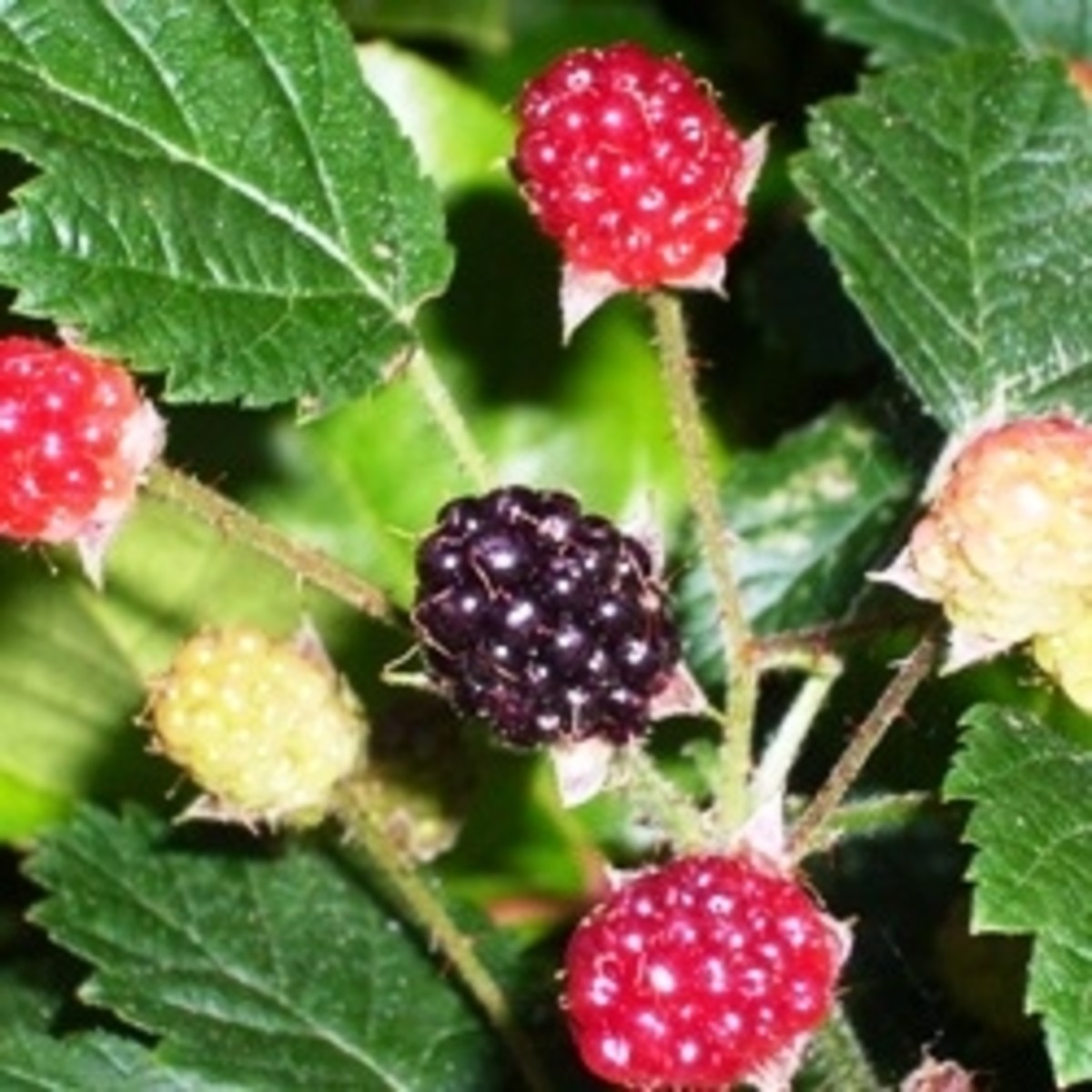All About Gumbo and How To Cook It

Another Great Gumbo Recipe
Chicken & Sausage Gumbo
3/4 cup Flour -- all-purpose
14 ounces of smoked sausage -- slice 1/4” thick
18 ounces Chicken breast halves
1/2 cup Green pepper -- chopped
1/2 cup Celery -- chopped
1 cup Onion -- chopped
2 quarts hot Water
3 Cloves minced Garlic
2 Bay leaves
2 teaspoons Cajun seasoning
1/2 teaspoon Thyme
1 tablespoon Worcestershire sauce
1 teaspoon Hot sauce
1/2 cup Green onion -- chopped
4 cups cooked Rice
1/4 cup Chicken broth
1 teaspoon Olive oil
Place flour in a pan and bake for 15 min at 400 deg. until the color of caramel, stirring every 5 min. Brown chicken in oil. Add broth and sauté vegetables. Sprinkle in flour. Stir in water slowly. Add garlic and remaining ingredients except rice. Simmer 1 hour. Serve over rice.
All About Eating And Cooking Alligator
Homemade Gumbo Is So Delicious

How To Make Gumbo
Make gumbo like the real cajuns do... anyone can do it! The two most common gumbo recipes in Louisiana are okra gumbo and roux gumbo.
For the gumbo newbie: Gumbo has a small handful of common components. First, gumbo can be defined as a soup of meat and/or shellfish and rice. This is the basis of a gumbo. "Vegetarian gumbo" would be little more than okra-and-onion soup, or thickened onion-and-mushroom soup, with rice. Second, it is infailably seasoned with garlic, onions, and ground cayanne pepper. Additional seasonings enhance a gumbo, but are up to personal preference. The gumbo's creator may add popular seasonings such as black pepper, white pepper, parsley, paprika, and bay leaves. Third, gumbo is a slightly thickened soup. It's name, "Gumbo" is an african word for "okra", and this is the traditional thickener used. Traditionalists will not make a gumbo without okra. However, even in South Louisiana, where the soup originated, many people use roux to enhance their gumbo instead. This is a very simple technique developed by the french, who heavily populated South Louisiana in it's early years. Fourth, beyond garlic, onions, and okra, there are a handful of vegetables commonly found in gumbo, though they are optional. The most commonly used vegetables are celery, mushrooms, tomatoes and bell peppers. Last, but certainly not least, gumbo must be served over rice. This provides nessesary non-liquid volume, elevating gumbo from "soup" to "dish".
The practicality of gumbo should also be discussed, and the importance of the rice emphasized, beyond just it's traditional use. The soup part of a gumbo is an expensive commdity on it's own, even using cheaper cuts of meat, since the very bulk of it should be about half solid, half liquid. This means the startup cost of a single gallon pot of gumbo is nearly always upward of $10- a whole stock pot posing the potentiality of costing $30- 90, depending on what's used, and whether or not the seasonings are already on hand. However, when served with rice, which is already cheap, and then again, doubles or more in size when it is cooked, the meaty gumbo can be used more sparingly, thus prolonging it's life and serving MANY more guests or people. If the gumbo is served at a family gathering WITH rice, it virtually guarantees leftovers, and the gumbo's creator many, many more servings of gumbo to be refrigerated or frozen, and eaten at a later date. If gumbo is served without rice, guests or family will be prone to serving themselves more meat/ solids from the soup pot, and at the end of the night, the gumbo's creator will be left with a huge, if very flavorful, quantity of liquid.
Finally, it should also be noted that making one's own gumbo, and doing so well, is a labor of love. It takes a lot of time to make, and many years to perfect what will become your own personal recipie. Gumbo, like brisket, biscuits, and perfect apple pie, is something the cook needs be in the long haul for.
Steps
- Mince onions and garlic and reserve in a separate container.
- Chop or cut any whole game or poultry into pieces and reserve in separate container. Store raw and cooked meats in separate containers.
- Shell or shuck any seafood and reserve in separate container. Store raw and cooked seafood in separate containers.
- Slice any sausage, andouille or tasso and reserve in separate container.
- Determine, approximately, how large your gumbo will be. There will typically be twice as much volume of gumbo as you have volume of meat.
- Make a about 1/2 cup of roux for every estimated gallon OR deslime at least 1 cup of okra for every estimated gallon. [See HOW TO MAKE ROUX and DESLIMING OKRA in "Tips".]
- Get out a pot large enough to hold more than your estimated quantity of gumbo- you will need room to stir.
- Fill pot about 1/3 to 1/2 of the way with water.
- Dissolve the roux in the pot while the water is still cold, OR add the okra.
- Add any meat that is already cooked to the cold water.
- Place the pot on a back burner on the stove, and begin heating over medium-high heat.
- While waiting for the pot to come to a boil, brown any uncooked meats in a skillet. This removes excess fat and enhances the flavor of the gumbo. Meat need not be fully cooked inside; it will finish in the pot. Work in batches if nessesary- crowding the pan with meat will prevent liquid evaporation and prevent proper browning.
- Add the sauteed meat carefully to the heating pot of liquid.
- Discard excess fats or reserve for cooking later.
- Sautee the onion and garlic with a little oil or some of the meat oil until the onions are clear or begin to brown (personal preference).
- Add garlic and onion, and any vegetables to pot with liquid.
- Allow the pot to come to a boil (if it has not already), then add any seafood.
- Lower the gumbo to a slow simmer.
- Stir occasionally to prevent sticking.
- Return to the gumbo after 1 hour to add cayanne and any other seasonings, adding each one gradually and adjusting to taste. (In other words, taste the gumbo as you add, and continue to add until it's right.)
- Simmer for 1 or more hours. (Adding seafood such as shrimp or oysters in the last 10 minutes keeps them tender).
- Cook rice.
- Serve gumbo over rice.
Tips
- When you make gumbo, let it cook very slowly for at least two hours. It may taste cooked in an hour or so, but if you cook all of ingredients very slowly, the taste changes and you will be amazed at the difference!
- If you cook with shrimp, don't add them until you are almost ready to eat. The shrimp will become mushy if cooked too long.
- Or cook the gumbo with tiny, inexpensive soup shrimp for flavor, cook larger shrimp alone, and put a few in each individual bowlful to preserve their firm texture.
- Don't add too much file' while cooking; instead, allow people to add it at the table.
- "Tasso" is a kind of preserved smoked meat product available in most meat markets in and around SW Louisiana.
- "File" is ground sassafras root, a common gumbo spice in and around SW Louisiana. It is wise to use sparingly initially, until you decide how much you like it; it does have a distinctive flavor.
- It is not necessary to de-bone meat for gumbo. That would've been considered a "hoity-toity" faux pas where I'm from in Louisiana. Bones add flavor. ;)
- Personally, I say the bones are ESSENTIAL for the flavor. If you want to use boneless, you better be using a nice, rich homemade stock (broth). - Zerocreature
- As for making your own roux: it's a hassle. Many big-name grocery stores sell roux in a jar. "Savoy's" tastes great and is, honestly, better than any I could make myself. I've tried a couple of "powdered roux," and found them fairly awful, so I wouldn't suggest getting any.
- If you're "up north", don't bother with sausage in your gumbo, since the kind of sausage sold in most markets is inauthentic, underseasoned, and overprocessed by comparison to what most creoles get locally. You might as well be putting hot dogs in your gumbo. Look to a Wal-Mart for Manda brand andouille instead of sausage. They usually don't carry much, but it'll be there. I moved from Louisiana to Oklahoma recently, and all walmarts I've been to have had Manda andouille. This andouille resembles what most creoles use for sausage and at least has a better smoked flavor/ better seasoning than most commercial sausages. My recommendation is actually to order a bulk quantity of real smoked sausage or andouille and stow it in the freezer for later use. -Zerocreature
- For roux gumbo, aluminum and enamel pots tend to be less than successful. My mom's opinion is that their bases are too thin. A pot with a thicker bottom, such as a "roaster" generally works better (per Dean Roy Miller of Iota, La.).
- It's been my experience that my Yankee (i.e. anybody not from SW Louisiana) friends are squeamish about putting the rice IN the gumbo. They seem insistant on putting the rice on a dish on the side. It's not "real cajun" gumbo if you don't eat the rice in the gumbo.
- Solve the latter problem by dishing out the gumbo yourself! Line up the bowls, do it right, and hand them out indiscriminately.
- Or ask your (rude) friends if they'd like it if you came to their house and asked for the rice to be served separately from their chicken-and-rice soup! Tell them it's only cooked separately to prevent the rice becoming mushy. Only exception is for rice-allergies.
- Never NEVER serve slimy okra gumbo. If you do, first call it okra soup or something else and distance yourself from all things cajun.
- HOW TO DESLIME OKRA: First, wash and cut off the tops of the okra. Slice thinly, keeping in mind that the thicker the slices are, the longer the okra takes to de-slime. If using frozen okra pieces, simply open the package. Put the sliced or frozen okra into a skillet with just enough oil to cover the slices. On a low heat, stir the okra continuously. Keep stirring and it will cook down. This may take a very long time- be patient. When the slime dissipates completely you should not be able to see any pieces of the pods, only a few of the soft, juicy seeds.
- HOW TO MAKE ROUX: Add equal amounts of oil and flour in a pan, enough to cover the bottom about 1/4". Over a medium-high heat, stir this mixture constantly until it begins to brown. A light brown will make a "light" gumbo with a less intense flavor. The darker the color of the roux, the stronger the taste of the gumbo. Dark brown is acceptable, but black may indicate burning.
- Unless you specify "okra gumbo" most cajuns will assume that when you say "gumbo" you are talking about a roux gumbo.
Warnings
- Stir gumbo at least once every ten minutes to prevent sticking.
- When making roux, use a cast iron skillet. Non-stick may be used, though it is said that getting teflon extremely hot (fine for sautee, but not for roux or frying) releases certain toxins, and should not be used unless it's the only choice you have. Aluminum metals in the blood are assosiated with alzheimers. Therefore, your best shot is the cast iron, but choose teflon over aluminum (in fact, it's a good idea not to cook with aluminum at all, but that's another story).
- Roux gets EXTREMELY hot, and should never be touched at any point. It can cause third degree burns in an instant.
- Do not touch ground cayanne with bare hands unless very careful to wash them afterwards, lest you get it in your eyes. Though this is an ultimately harmless experience (your eyes will not be damaged), it is fairly painful.
- Be careful of the roux pan- it will get extremely hot, as does the roux.
Things You'll Need
- Two or more different varieties of meat or seafood: Game (Squirrel, Rabbit, Deer, Raccoon, Possum, Nutria), Poultry (Turkey, Duck, Chicken, Quail, Dove), Smoked Forcemeat (Smoked sausages, Tasso, or Andouille), Shellfish (Crawfish, Shrimp, Crabs) and Oysters.
- Garlic
- Onions
- Cayanne Pepper
- Okra and/or Roux (flour and oil)
- Rice
- Optional Ingredients: Celery, Mushrooms, Tomatoes, Bell Peppers, Parsley, Bay Leaves, File, Black Pepper, White Pepper, Paprika
Chicken And Sausage Gumbo
As served in several gulf coast restaurants.
Steps
- Combine 1 1/2 cups flour and cooking oil .
- Place flour into hot oil and into frying pan making a roux.
- Continue until it is a medium brown color.
- Put in large stock pot over medium heat.
- Add 1 cup chopped onion, celery, bell pepper. Cook until soft.
- Add 2 quarts chicken broth or stock.
- Stir until up to temperature.
- Add two large smoked sausages (kilbasa,dbudan,etc) cut into 1/4" slices.
- Add 3 cups cooked chicken meat.
- Add 3 Tablespoons chopped garlic.
- Add 2 bay leaves.
- Add 2 Tablespoons Worcestershire sauce.
- Simmer for 1 hour
- Add 1 teaspoon hot sauce or to taste
- Serve over white rice in large bowls with french bread.
Tips
- Add small cooked shrimp for added flavor,1 lb
Warnings
- One taste can cause repeated cravings.
Super Simple Super Bowl Gumbo!
All About Gumbo
The Recipe Series - Bouillabaisse, Victoria Inn
About Katrinia And A Good Friend
Hurricane Katrina was the costliest and one of the deadliest hurricanes in the history of the United States. It was the sixth-strongest Atlantic hurricane ever recorded and the third-strongest hurricane on record that made landfall in the United States. Katrina formed on August 23 during the
2005 Atlantic hurricane season and caused devastation along much of the north-central Gulf Coast of the United States. Most notable in media coverage were the catastrophic effects on the city of New Orleans, Louisiana, and in coastal Mississippi. Due to its sheer size, Katrina devastated the Gulf Coast as far as 100 miles (160 km) from the storm's center. Katrina was the eleventh tropical storm, fifth hurricane, third major hurricane, and second Category 5 hurricane of the 2005 Atlantic season.
It formed over the Bahamas on August 23, 2005, and crossed southern Florida as a moderate Category 1 hurricane, causing some deaths and flooding there, before strengthening rapidly in the Gulf of Mexico and becoming one of the strongest hurricanes on record while at sea. The storm weakened before making its second and third landfalls as a Category 3 storm on the morning of August 29 in southeast Louisiana and at the Louisiana/Mississippi state line, respectively. The storm surge caused severe and catastrophic damage along the Gulf coast, devastating the cities of Bay St. Louis, Waveland, Biloxi/Gulfport in Mississippi, Mobile, Alabama, and Slidell, Louisiana and other towns in Louisiana. Levees separating Lake Pontchartrain and several canals from New Orleans were breached a few days after Hurricane Katrina had subsided, subsequently flooding 80% of the city and many areas of neighboring parishes for weeks. Therefore, the flooding of New Orleans was not directly caused by Hurricane Katrina. In addition, severe wind damage was reported well inland.At least 1,836 people lost their lives in Hurricane Katrina and in the subsequent floods, making it the deadliest U.S. hurricane since the 1928 Okeechobee Hurricane. The storm is estimated to have been responsible for $81.2 billion (2005 U.S. dollars) in damage, making it the costliest natural disaster in U.S. history. Criticism of the federal, state and local governments' reaction to the storm was widespread and resulted in an investigation by the United States Congress and the resignation of FEMA director Michael Brown.
My Friend Robert
I dedicate this Hub to Robert Daniel Moore who was lost that first horrible night in New Orleans. Robert age 49 was a great Chef who worked for me at one time in Key West and taught me much about Gumbo , Cajun Cooking and New Orleans. Where ever you are Robert you are missed. I like to think your there in the French Quarter walking along smelling the Gumbo. You are missed my friend.
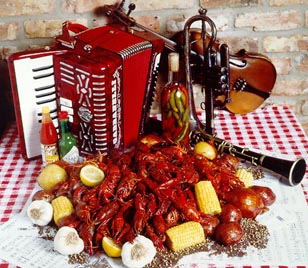
Hot, Spicy, Cajun Boiled Crawfish
How to Eat Crawfish
You can now buy crawfish in Walmarts Seafood Section either frozen or fresh.
- Order three to five pounds (per person) of fresh boiled crawfish.
- (Optional) Put on a special bib to protect clothing. (This allows a little more freedom with the crawfish.)
- Take a deep breath to enjoy the fullness of the aroma.
- Grab the nearest crawfish off the pile.
- Hold the crawfish with your left hand and gently twist off the tail.
- Take the head and suck the hot, spicy juices out of it.
- For full enjoyment - take your little finger and scrape the inside of the body.
- Squeeze your thumb and forefinger at the sides of the top of the tail, causing the shell to break. Remove the meat and eat.
- Go back to step 4 and repeat as often as you like.
- You'll need a lot to drink so have some cold beverages handy.
- This is a lot of fun with friends and lively zydeco music
Species Specifics
- There are about 250 species of crawfish found in the U.S., only a handful of which are commercially harvested. About 90% of U.S. production-round 50,000 tons is red swamp and white river crawfish from Louisiana.
- In a typical year, 50 to 60% of all crawfish produced in Louisiana come from culture ponds - the rest from natural wetland systems.
- Large Louisiana crawfish go to the live market, while smaller ones are packed off for meat picking. Meat yield for the latter averages 15 to 17%.
- Cormorants are a well known pesky crawfish predator, but now there is another critter out there feasting on crawfish: raccoons. The number of raccoons in southern Louisiana apparently has skyrocketed over the last decade, ever since the region's fur industry went bust. The masked menaces turn over crawfish traps in shallow ponds and even haul up the lines attached to traps in deeper waters to eat both bait and crawdads.
CRAWFISH OR SHRIMP CHOWDER
INGREDIENTS
3 slices ham or uncooked bacon
1 1/2 tablespoons butter or margarine
1 small onion, chopped very fine
2 tablespoons bell pepper chopped very fine
2 tablespoons celery, chopped very fine
2 cups peeled diced raw potatoes
1 1/2 cups fish or shrimp stock
2 cups heavy cream 1 pound cooked crawfish tails
1 -1/2 pounds raw shelled cooked shrimp
INSTRUCTIONS If using ham, spray large frying pan with Pam. If using uncooked bacon, use cold frying pan. Remove from pan and either crumble or chop. Retain bacon fat. If using ham, add butter or margarine to pan and add onions, bell peppers and celery. Sauté until wilted. Add stock and potatoes, (if shrimp are used add shrimp), and meat. Cook until potatoes are tender. Add crawfish.
About 10 minutes before serving add cream and seasoning. Cook over a low fire until flavors come together. Do not let cream curdle. Just before serving add 1/2 teaspoon butter, a dash of cayenne and a dash of fresh pinched parsley. Serves 4 to 6.
CRAWFISH BISQUE
INGREDIENTS
1 - 1/2 cup crawfish tails
1 - 1/2 pint cold water
1/4 cup cooking oil
1 pint cold water mixed with 1/2 cup crawfish fat
1/4 cup all-purpose flour
1 teaspoon salt
1 small onion, chopped
1/4 teaspoon sugar 1 stick celery, chopped
1/4 teaspoon red pepper 1 clove garlic, mashed
1 tablespoon green onion
1 bay leaf 1 tablespoon chopped parsley
3/4 cup whole tomatoes, canned or fresh, chopped
INSTRUCTIONS
In a heavy bottomed pot, make a roux by adding flour to heated oil, over low heat, stir constantly until a deep golden brown; take pot away from heat for fear of burning; add onion, garlic and celery; cook about 5 minutes or until tender; stir; return to heat and add 1 pint of water, tomatoes, sugar, salt and pepper; cook over high heat, stirring until sauce simmers; then reduce heat again.
While sauce is simmering, combine remaining water with crawfish fat in a large saucepan, cook over high heat, stirring constantly until it comes to a boil.
Add sauce to fat and water, let simmer 1 hour. Season with salt and pepper again if needed. Add crawfish tails, green onion and parsley. Serve in soup plate over a scoop of cooked rice.
COOKING TIP: Crawfish bisque improves in flavor if made ahead of serving time, and chilled. However, do not add crawfish tails, parsley and green onions until ready to serve.
COOKING TIP: Crawfish tails toughen and get dark if overcooked, only cook 5 minutes, they are somewhat like egg, shrimp, and oysters.
CRAWFISH ETOUFFEE
1 lb. cleaned crawfish tails, commercial kind
crawfish fat and water to make 3/4 cup
1 stick margarine or butter
1 heaping teaspoon all purpose flour
1 teaspoon salt
1/4 teaspoon cayenne pepper
1 heaping tablespoon tomato paste
1 medium onion, chopped fine
1 tablespoon parsley
2 very thin slices lemon
1 tablespoon green onion
INSTRUCTIONS
Use a saucepan with a tight fitting lid to etouffee, (French for smother). Season crawfish tails with salt and pepper, set aside. Melt butter, add onion, cook over medium heat until tender. Stir in the flour, blend well. Add water, crawfish fat, lemon, tomato and garlic. Cook slowly, about 20 minutes, and add a little more water occasionally.
When sauce is done, add crawfish tails, cover with lid. Cook 8 minutes. Season again, to taste. Add green onion and parsley, cook 2 minutes longer.
Serve on steamed rice. Garlic bread and green salad is a good companion to crawfish etouffee.
COOKING TIP: Commercial crawfish are pasteurized and practically cooked. If you are using live crawfish, wash, then scald in boiling water. Clean them, picking off the shells, leaving tails whole. Save crawfish fat.
When tails and fat from live crawfish are added to cooked mixture, it should be cooked 10 or 15 minutes longer.
CRAWFISH PIE
INGREDIENTS
Pie dough enough for 4 individual pies (or 2 large)
1 - 1/2 cups crawfish tails; crawfish fat and water to make 2 cups
3 tablespoons cooking oil
2 tablespoons butter
Salt and red pepper to taste
Pinch thyme
Pinch nutmeg
4 tablespoons cornstarch
1 medium onion, chopped fine
1/4 cup chopped celery
1 clove garlic, mashed
1/3 cup tomato sauce mixed with 1/3 cup water
1 tablespoon green onion
1 tablespoons parsley
INSTRUCTIONS
Cook onion, celery, and garlic in cooking oil, stirring until tender. Dish out half the cooked mixture.
To the mixture, add tomato sauce, water, and crawfish fat, cook over medium heat and when it boils, slowly add cornstarch and water stirring until sauce thickens, season with nutmeg, thyme, red pepper and salt to taste; set aside.
To the remaining cooked onion mixture in a saucepan add crawfish tails, butter, cook 2 to 3 minutes.
Combine sauce, crawfish, green onion and parsley. Cook, then pour into 4 pastry lined pie plates, equally divided. Wet edges of under crust, cover with uppercrust. Press edges together; prick with a fork. Bake in a 450 degree preheated oven 5 minutes; reduce heat to 400 degrees and bake about 15 minutes longer.


